In preparation for Sukkos, the Dayan R’ Moshe Bransdorfer shlit”a, spent several hours at the Center for Kehillah Development, teaching the CKD avreichim the practical dos-and- don’ts for buying mehudar arba minim. R’ Bransdorfer is Av Beis Din of Heichal Hora’ah in Yerushalayim and was meshamesh his father, HaRav Meir Bransdorfer ztz”l, Rav of Kehillas Toldos Avrohom Yitzchok and a Dayan on the Eidah HaChareidis. With his unique mastery, Rav Bransdorfer navigated through the halachic complexities, clarified the sugya of hiddur, presented common consumer errors, and revealed unsavory practices of some retailers to deceive buyers and justify inflated prices.
Rav Bransdorfer began his presentation, explaining: “Most retailers have already selected for presentation only arba minim that meet the minimal standards of kashrus. Therefore, rather than kosher or posul, we should focus on what is considered hiddur. When people approach the purchase of their arba minim, regardless of whether they have learned the Gemaras, Rishonim and Achronim, they are nervous and lack confidence in their choices. I claim that anyone can master the principles of hiddur within a few minutes and pick arba minim with genuine expertise and confidence.”
Rav Bransdorfer then listed these basic three guidelines:
- “Hadar” means the fruit is pretty. That means it has a pitom, its top cone symmetrically ascends to the pitom, and it has an attractive pattern of indentations and bumps. If an imaginary straight line flows from the esrog’s base straight up through the pitom (meaning it is perfectly aligned vertically), then the esrog is exceptionally beautiful.
- 2. Dark dots on the esrog that are invisible to the naked eye when viewed from arm’s length do not detract from the esrog’s beauty at all. You should not examine the esrog up close to find dark dots, and you certainly should never use any sort of magnifying glass.
- A yellow esrog is more beautiful because its color testifies to its ripeness. Nonetheless, if one must choose between a more yellow hew or a more attractive pattern of indentations and bumps, the more attractive pattern takes priority.
The video of Rav Bransdorfer’s full presentation to the CKD can be viewed here:
*for more info about the Center for Kehillah Development check out the website:




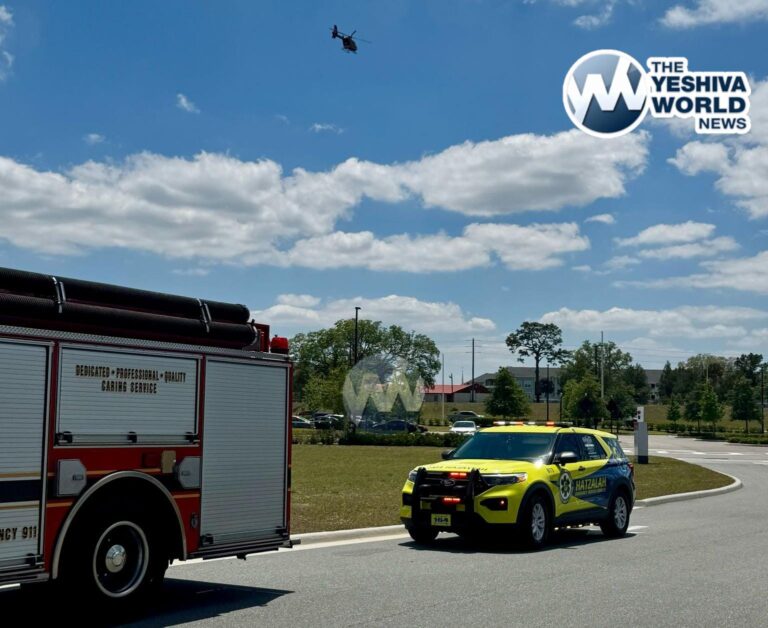


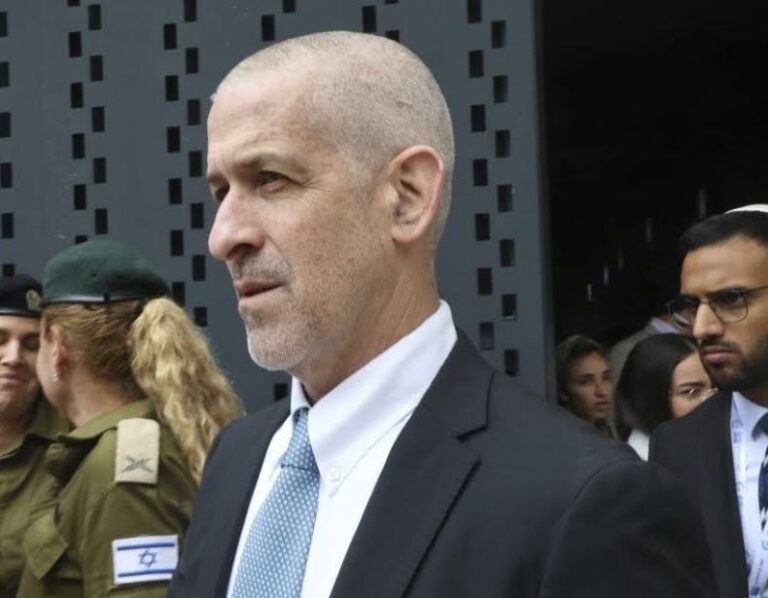
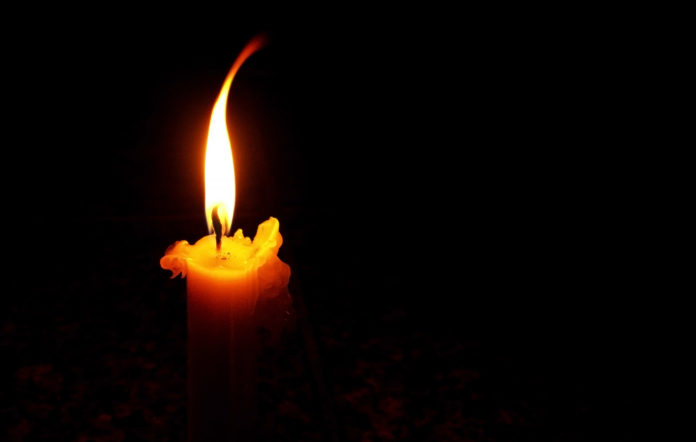
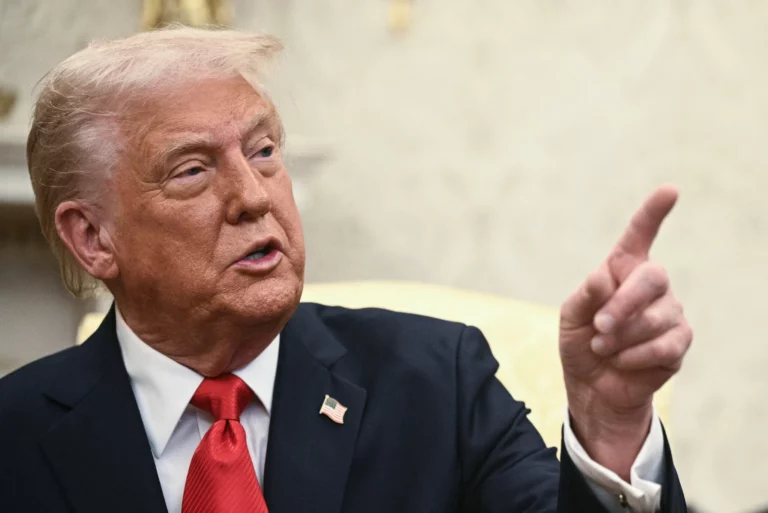

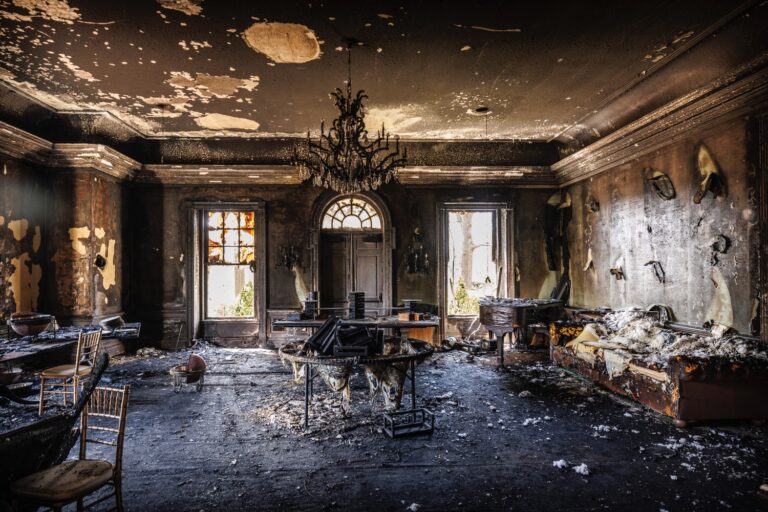
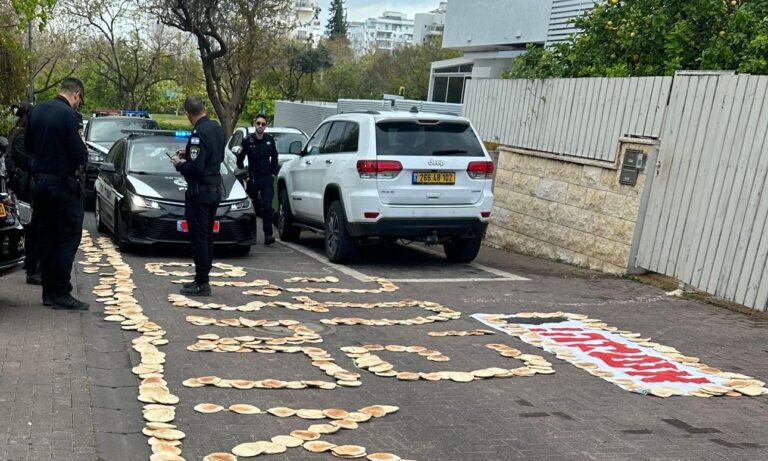
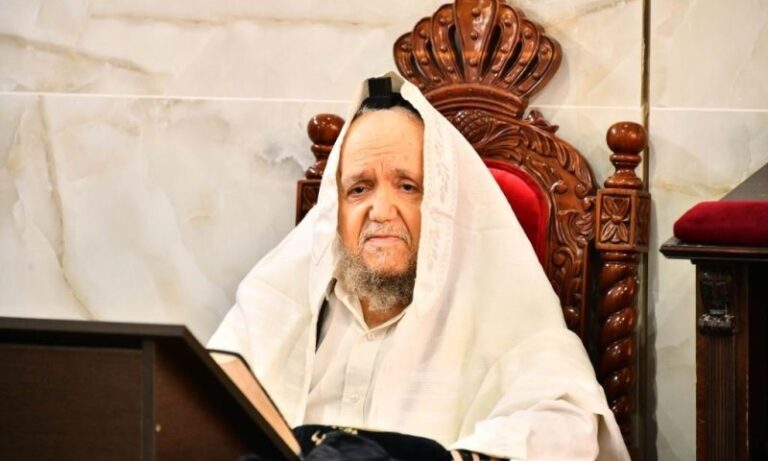
4 Responses
“Most retailers have already selected for presentation only arba minim that meet the minimal standards of kashrus. Therefore, rather than kosher or posul, we should focus on what is considered hiddur”
As a Rov who specializes in checking Arba Minim, I have to strongly disagree with this premise. While the situation has certainly improved from what it was decades ago, a very significant percent of esrogim on the market are absolutely pasul. In fact, one of the most common issues I see is directly caused by the retailers themselves; they frequently will use a toothpick or similar implement to remove an imperfection and in the process of doing so render the esrog chaser (incomplete). This can often only be discerned by a trained and experienced checker, and only using a strong magnifying glass. With some ignorant or unscrupulous merchants, this issue can be found on over 50% of their top quality esrogim!!!
Therefore, I strongly recommend that every customer show his esrog to a Rav with expertise and experience checking esrogim, as otherwise there is a significant risk that one may not fulfill the mitzva and will recite a beracha l’vatala.
thanks to the anonymous expert for an opinion on the need to have a rov give an hashgucha to an esrog that already has an hashgucha. and who will give that expert a second look? is this a money making adventure?
curious.
I hope we find a way to avoid the expertise that has us looking for shatnez in cheap baseball mitts and leather sofas. just saying’.
Most esrogim only have a hashgacha on Orlah and that Terumos and Ma’aseros were taken, not on the kashrus of the esrog. Even the ones in sealed boxes are only checked very superficially by bochurim and not by trained Rabbonim.
I, and all Rabbonim I know check, esrogim as a service to the community for free.
It’s sad to see such cynical comments about Rabbonim on erev Yom Kippur…
Hello99 is right. I saw the shuir, and R Bransdorfer actually said that the Soicharim do all kind of tricks, in order to make the Eseogim look more mehudar. But on the other hand they only pick the kosher ones from the orcherds, so that they can sell them.
In any case it’s a fantastic suir. I finally understude what to look for, and he presented it in a very simple and understandable way.
On a personal note. I live in Yerushalayim in Ramat Eshkol area. I was gonna leave to the train station because I hade to get to the center of town, but I was delayed because I was watching the suit. I later herd that there was a terror attack at the same train station I was supposed to be standing. So I can literally say that the suir saved my life.